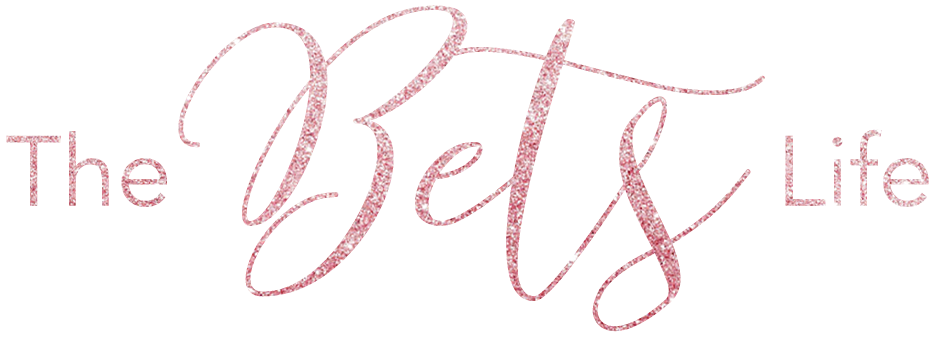
This past summer, Patrick and I moved into a charming little 1933 house in Montecito (an area of Santa Barbara), and I immediately jumped into remodeling the home (don’t worry, lots of posts to come about this). I love a good DIY project – there’s nothing like bringing something to life with your own hands and also keeping your budget on track at the same time.
I absolutely adore the original fireplace that is in our master bedroom, but I didn’t like the look of the red brick in our light-and-bright home. I thought about painting the brick, but I discovered that I could limewash it instead. I thought limewashing would be easier, cheaper, and give me the look that I was envisioning. I knew from our home inspections that our fireplace and chimney needed some TLC, so I already had a chimney sweep come out and clean and do some work on the fireplace/chimney prior to this project. This was helpful because I didn’t have to do nearly as much cleaning and scrubbing as I would have if he hadn’t recently been there (just full disclosure).

First, I ordered a masonry brush, extra large grouting/cleaning/washing sponges, and Romabio’s 1-quart Avorio White Limewash Interior/Exterior paint. Everything totaled to a little over fifty dollars.
I used water, a little bit of dish soap, and a large sponge to prep the surface and make sure that it was clean and free of any cat hair (ugh) or dust.

I later taped off around the bricks, lined up everything I needed, and put some plastic down. I used a wooden paint stirrer and a handy Home Depot bucket and mixed the quart of limewash with a quart of water (one part to one part). The surface has to be damp prior to application, so I used a wet sponge to dampen the brick area.

Then the application process commenced! I used the masonry brush to apply the limewash with back and forth strokes to the bricks. The limewash looks watery to begin with and then becomes more opaque as it dries. You want to brush the surface quickly as you want the limewash coat to dry at the same rate. Once the limewash starts to solidify in color, you can begin washing some of it off (this is if you want some of the brick to show through). I did not do this as I liked the more solid-white look as it started to dry. If you miss spots, you can always touch up areas or add more coats (which is what I did).

Overall, a pretty easy project and definitely easier than painting. A benefit of limewash is that it’s non-toxic, so you don’t have to worry about nearby pets and you can rinse out the bucket in your garden! I was thrilled with the finished product – not bad for a little bit of elbow grease and fifty-ish bucks if I do say so myself!



